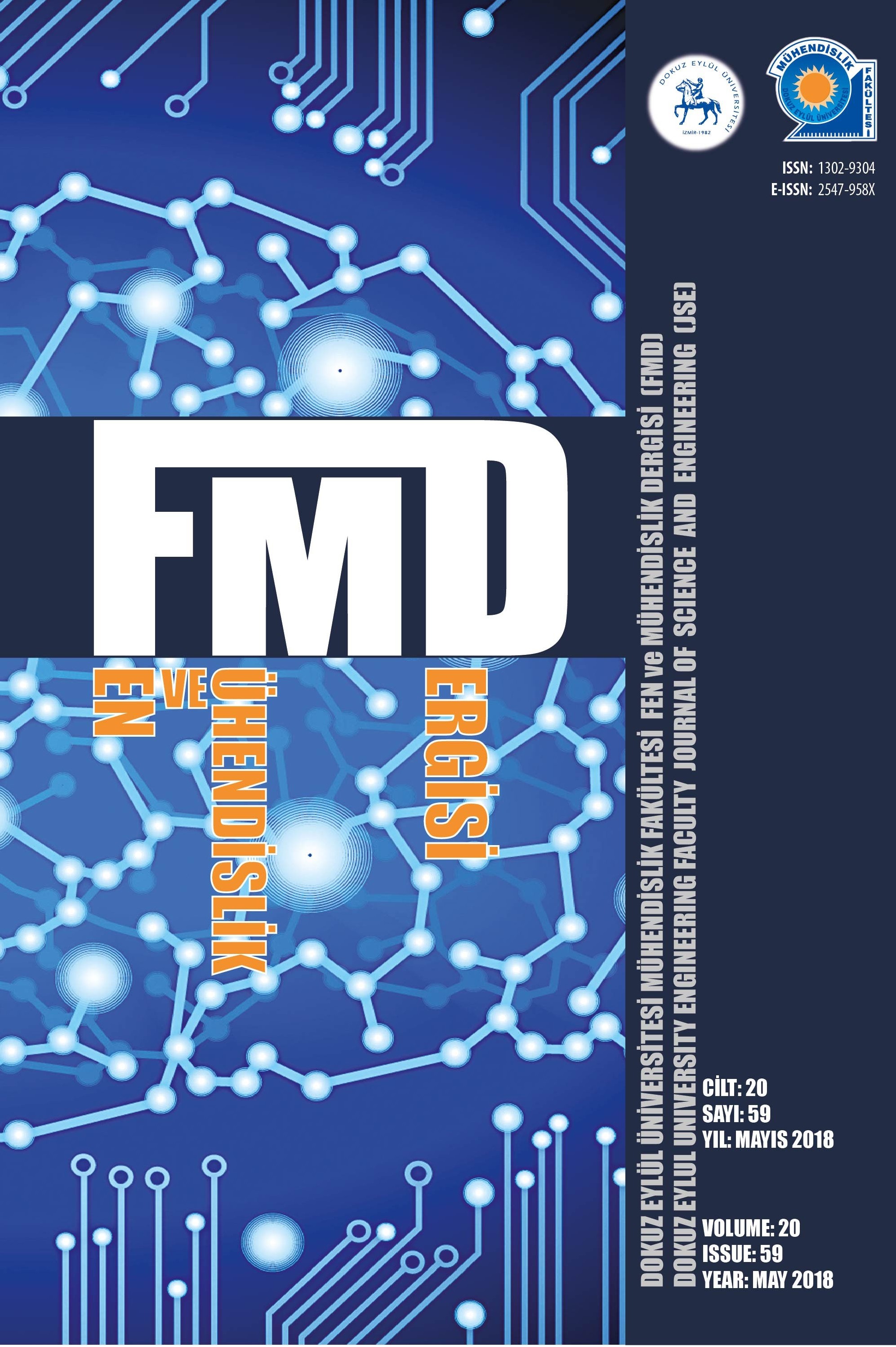
Dokuz Eylül Üniversitesi Mühendislik Fakültesi Fen ve Mühendislik Dergisi
Yazarlar: Coşkun SARI, Ali Levent AKYOL
Konular:-
Anahtar Kelimeler:Gravite,Ters çözüm,Yineleme,Yoğunluk arayüzeyi,Fourier dönüşümü
Özet: through the rearrangement of the formula used for the rapid calculation of such anomaly caused by a two dimensional uneven layer of material. The scheme calculates the Fourier transform of the gravitational anomaly as the sum of Fourier transforms of powers of the perturbing topography. This method is computationally much more efficient than calculating the gravitational field by breaking up the model into a set of prisms whose contributions are calculated separately and summed. Essentially this method comprises of computations involving Fourier transformations, which are relatively fast and straightforward with the FFT algorithm. Its speed makes the method to be presented as a practical one. The effects of the two parameters, the density contrast (ρ) and the level at which the inversion is made (zo) are observed, cause the nonuniqueness of the inversion. Without additional information constraining these parameters, the ambiguity in the gravity interpretation can not be reduced. Convergence of the inversion is ensured by a suitable low pass filter in frequency domain. However, if the assumed density was too small or reference level too large, no topography could be found which would give rise to an observed anomaly. The ability of this inversion scheme to handle large numbers of model points without greatly decreasing the numerical stability or greatly increasing the computation time makes it particularly attractive